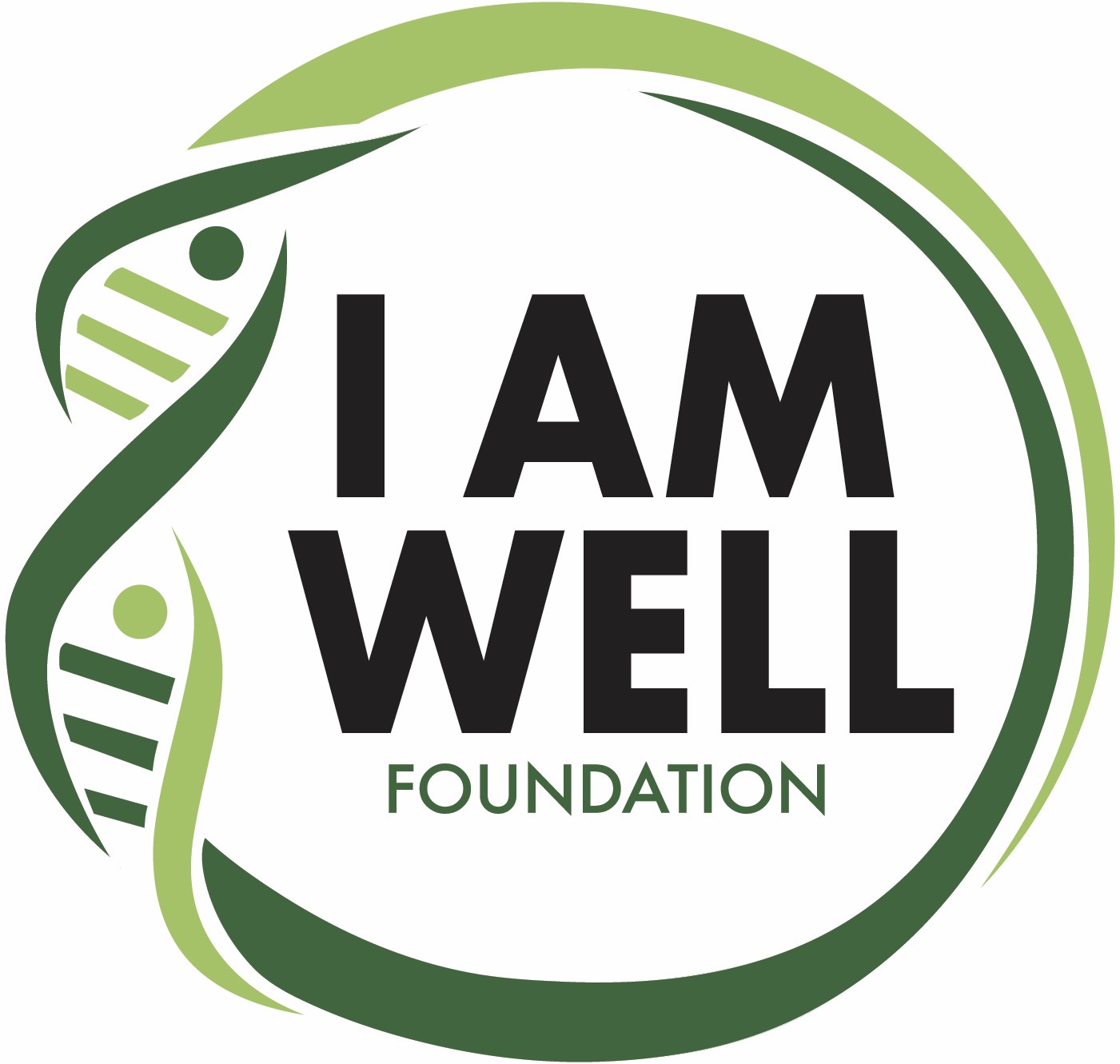Self Assessment Tool
The Whole Person-Centered Optimal Health & Wellness Model includes a self-assessment tool that empowers individuals to learn about and listen to their bodies, minds, emotional and spiritual selves to continuously ensure optimal health and wellbeing.
There are six (6) main guiding principles for implementing the tool.
1. Sections
A Whole Person-Centered Optimal Health & Wellness Self-Assessment Tool (SAT) should have two (2) main parts:
- Optimal Health & Wellness Self-Assessment Questionnaire
- Individualized Health Chart Tracker
2. Questionnaire
The SAT Questionnaire should correspond with the seven (7) components of human beings:
- Whole-Person Lens
- Key Elements of Life
- Physical and Physiological Self
- Sense of Self, Personal Esteem, Dignity & Worth
- Environment, Input & Surroundings
- Relationship, Love & Belonging
- Thriving: Optimal Health & Wellness
3. Health Chart Tracker
The Individualized Health Chart Tracker should be broken into broken down into six (6) main sections:
- Family and Relational Health History
- Optimal Health & Wellness Tracker
- Monthly Review
- Quarterly Review
- Annual Review
- Plan for Maintaining and/or Restoring Optimal Health
4. Frequency
The SAT should be introduced to during childhood and routinized as commonly as brushing teeth or taking showers, and should be able to be completed alone or with support as needed.
5. Optimal Health As the Default
SAT’s should be based on an Optimal Health & Wellness Default, and include processes for identifying when self-care and intervention services are needed, such as color-coding Optimal Health & Wellness as “green”, issues in need of self-care “yellow”, and issues needing outside intervention “red”.
6. Not Used For Diagnosis
The SAT should clearly indicate it should NOT be used for diagnosis of emergency care assessment, including intense pain, broken bones, blocked airways or arteries, etc.
